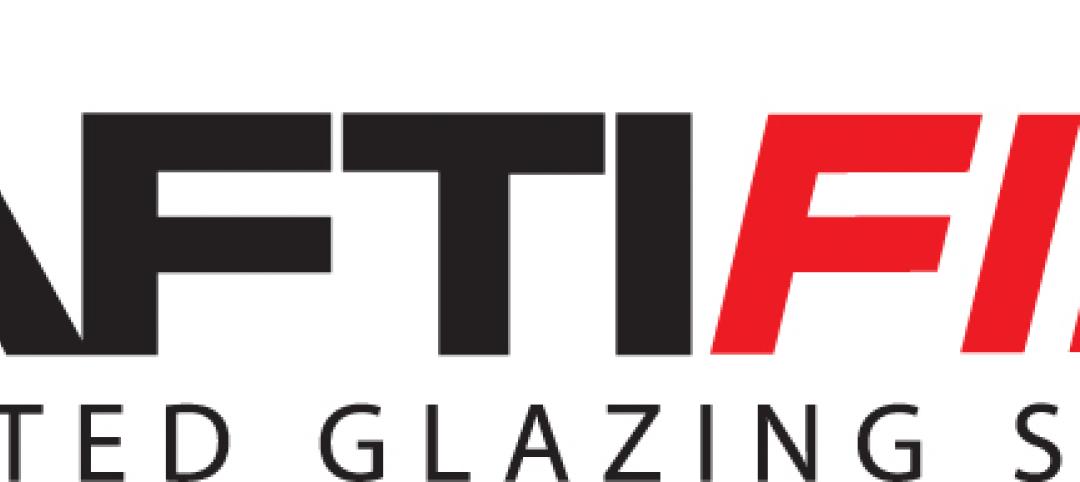Over the past five years, energy efficiency policies and codes have been made more stringent in many countries around the world, but for these measures to succeed stronger enforcement is needed, according to a report by Navigant Research.
“Globally, governments and regulatory agencies have increased their focus on commercial buildings, which are large consumers of the world’s energy,” adds Krystal Maxwell, research associate with Navigant Research. “Europe is a leader among world regions in energy efficiency policy, with the most rigorous building codes, performance standards, labeling, and benchmarking, as well as some of the most aggressive greenhouse gas emissions reduction targets.”
Commercial buildings, as large consumers of the world’s energy, have become primary targets for global governments and regulatory agencies. Increased regulation of policies, codes, and benchmarking must be enforced for successful policy reform, however, Navigant says.
Influencing code reform are the actions that many countries have taken to reduce greenhouse gas (GHG) emissions targets. The U.K. has the most ambitious target: An 80% reduction by 2050, with the emission level of 1990 as the baseline. The U.S. is aiming for a 26-28% reduction by 2025 from 2005’s level.
Related Stories
| Feb 8, 2012
Project aimed at economical seismic retrofits on historic Memphis structures
The group will develop a low-cost seismic retrofit model that would benefit aging brick-and-mortar structures. It involves bolting steel brackets to existing wooden floor and ceiling joists.
| Feb 8, 2012
Houston signs on to Better Buildings Challenge
The challenge has about $4 billion in federal and private-sector funds, which it will use for building energy upgrades nationwide in the next two years.
| Feb 8, 2012
OSHA offers free health and safety consulting for small businesses
The consultants offer confidential, non-punitive advice.
| Feb 8, 2012
Controversy over pay for prisoners on roofing job in Michigan
The disagreement was over whether the prisoners should have been paid prevailing wage for their brief time on the job because the project was paid for with a U.S. Department of Energy grant.
| Jan 30, 2012
ZigBee and ISO 50001: Two new standards to make buildings greener
These developments demonstrate the dynamic nature of the market and the continued need for development of program standards of many different types that help builders and owners translate high performance and sustainable buildings goals into practical measures on the ground.
| Jan 30, 2012
New firm-fixed-price rules on federal contracts impact construction industry
Contractors will need to be on the lookout for policies such as the Contractor Accountability for Quality clause.
| Jan 30, 2012
Roofer’s fatal plunge demonstrates need for fall-prevention regulations
“The biggest problem is getting our workers to use the equipment,” says Michael J. Florio, executive director of the organization.
| Jan 26, 2012
Tampa moves to streamlined online permitting system
The system will replace an inefficient patchwork of old software and is designed to provide businesses, homeowners, and contractors with online access to permitting and licensing information.
















